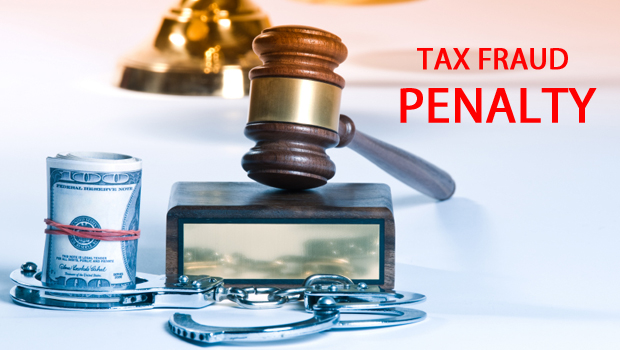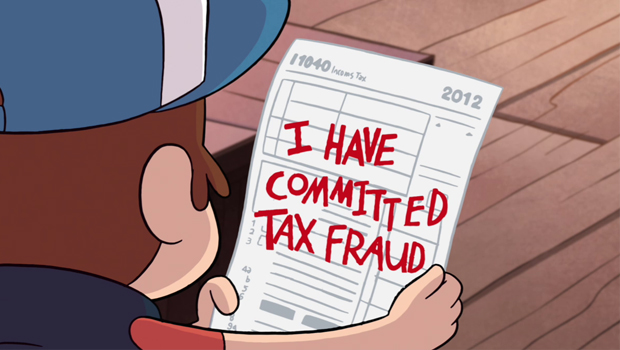By Coleman Jackson, Esq, CPA
April 27, 2015
What is Tax Fraud?
Tax fraud has been defined as an intentional wrongdoing designed to evade tax believed to be owing. Miller v Commissioner, 94 T.C. 316, 332(1990). A tax fraud case depends upon facts and circumstances. Facts are stubborn things…. Quote from John Adams (1770).
The existence of tax fraud is a question of fact to be resolved upon consideration of the taxpayer’s entire pattern of behavior and words. Tax fraud cannot be presumed or imputed, but must be established by facts showing fraudulent intent. No one can negligently commit tax fraud. Nor can tax fraud be simply based in the taxing authorities’ suspicion or merely speculative conjecture. However, tax fraud can be proven by circumstantial evidence and reasonable inferences drawn from the facts. The taxpayer’s entire course of conduct typically is used by the Internal Revenue Commissioner to establish the requisite intent to commit tax fraud. Facts are stubborn things!
Why does it Matter?
Under Internal Revenue Code Section 6663, the IRS can assess an additional tax fraud penalty equal to seventy-five percent (75%) of any portion of underpayment of tax attributable to fraud under IRC 6663.
What is Burden of Proof and Who Bears it in Tax Fraud Cases?
The standard of proof is higher than the ‘beyond a reasonable doubt standard’ used in garden variety criminal law cases. In fact it is considerably more proof required… something that is called, “clear and convincing evidence standard” is the burden in tax fraud cases.
In tax fraud cases, the Internal Revenue Commissioner must show by clear and convincing proof that the taxpayer’s understatement of tax is attributable to tax fraud. There must be clear-and-convincing facts that establish the taxpayer’s intent to commit tax fraud.
Why is Circumstantial Evidence Typically Use to Prove Tax Fraud?
Direct intent of the taxpayer to commit tax fraud is difficult to come across. So the taxing authorities, for years, have relied on circumstantial evidence to develop at tax fraud case. Circumstantial evidence that may give rise to a finding of fraudulent intent includes:
- Inadequate Records;
- Failure to file Tax Returns;
- Implausible or Inconsistent Explanations of Behavior;
- Understatement of Income;
- Overstatement of Expenses;
- Concealment of Assets;
- Failure to Cooperate with Tax Authorities;
- Filing False Tax Returns (such as W-4s, 1099s, W-2s, etc.);
- Failure to Make Estimated Tax Payments (such as, 941s, 1040es, etc.);
- Dealing in Cash;
- Engaging in Illegal Activity;
- Concealing Illegal Activity;
- Domestic & International Straw Entities
The Courts have used these and other “badges of fraud” in bagging tax cheats for years. The taxpayer’s background and the context of the events in question are considered by the Commissioner in civil fraud examinations and criminal tax prosecutions. See United States v Murdock, 290 U.S. 389, 395 (1933).
Taxpayer’s should remember— facts are stubborn things!
This blog is written by the Immigration & Tax Law Firm of Coleman Jackson, P.C. It is for informational and educational purposes and does not create an attorney-client relationship between this law firm and the reader. If you have questions about your particular situation regarding federal or state taxation or immigration matters, you should consult with independent legal counsel with respect your individual situation or circumstances.
Coleman Jackson, PC
Immigration & Tax Law Firm
6060 North Central Expressway
Suite 443
Dallas, Texas 75206
Law Firm Site: www.cjacksonlaw.com
Main Line: 214-599-0431 ||| Spanish Line: 214-599-0432




